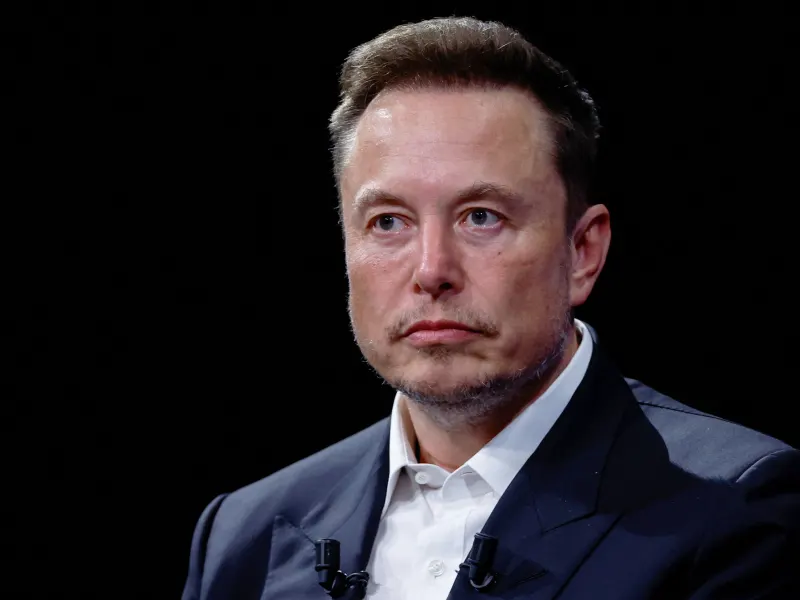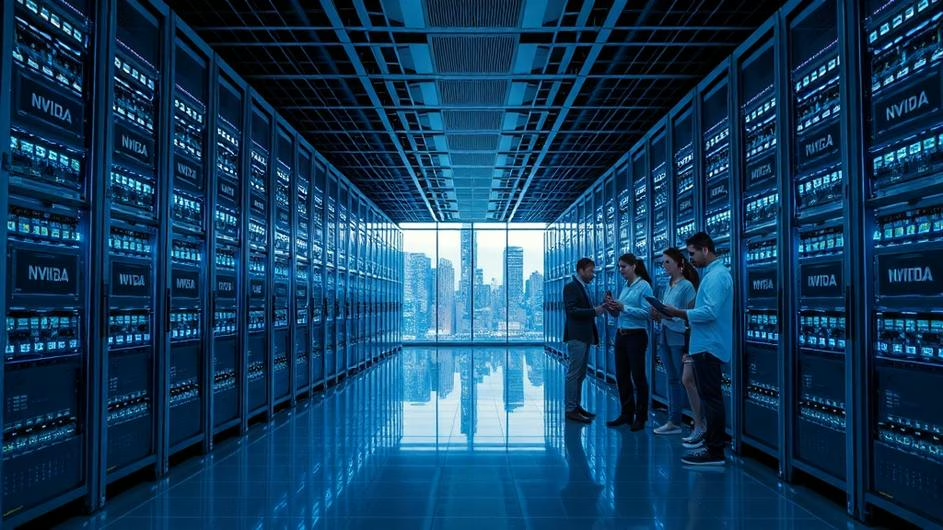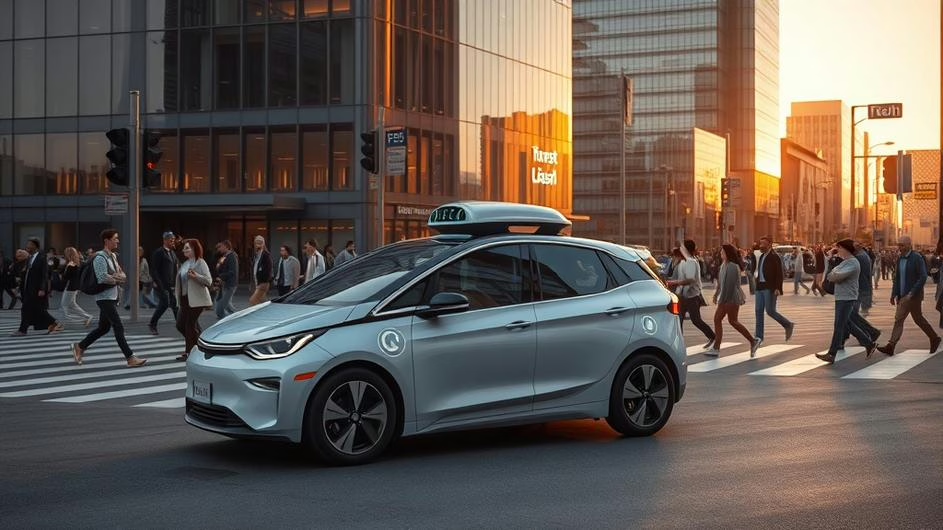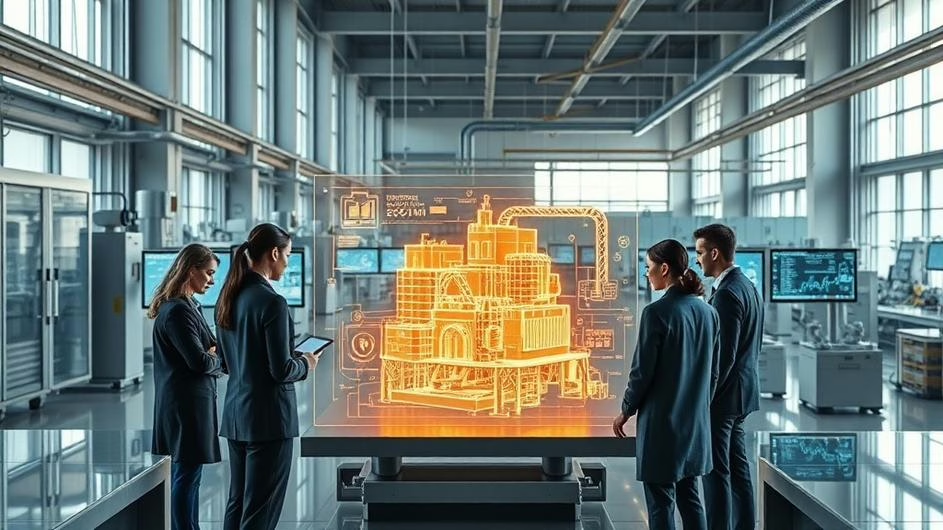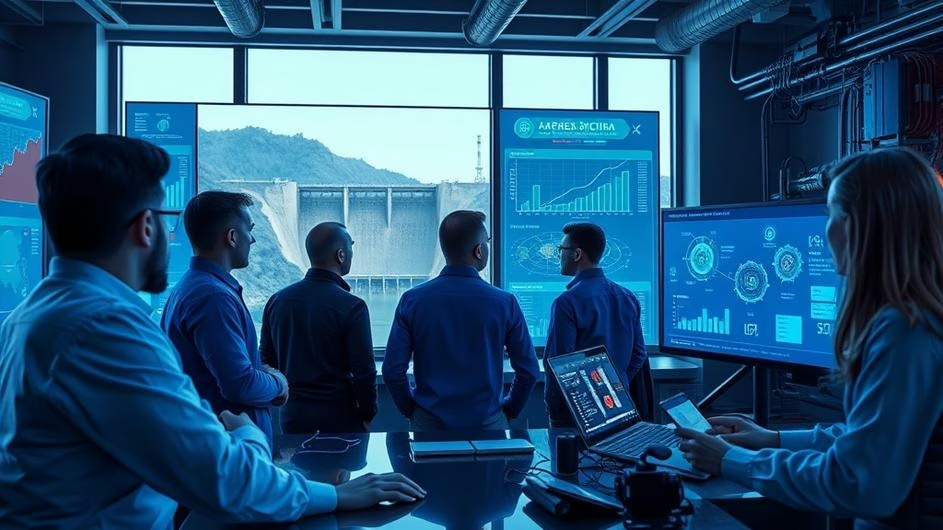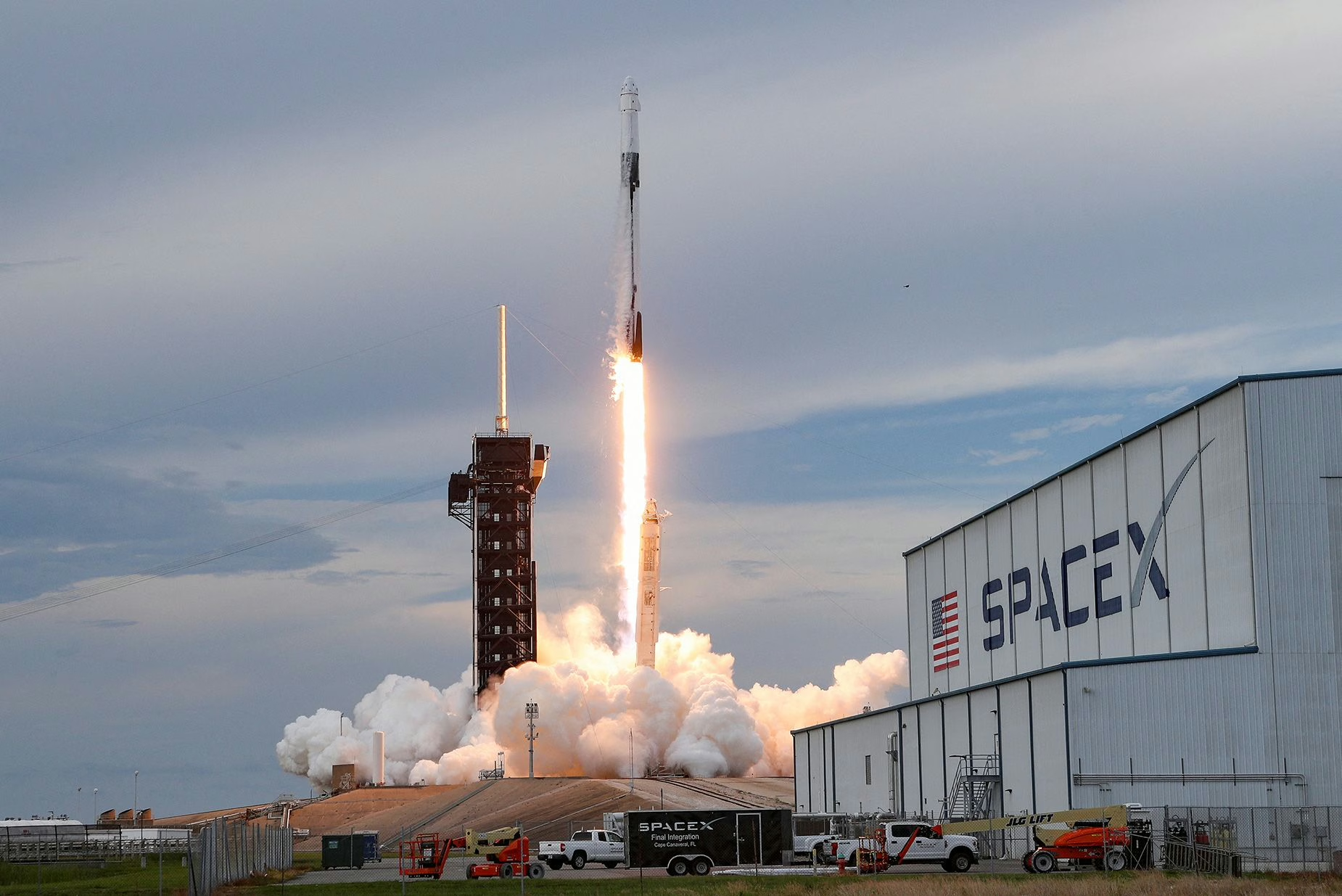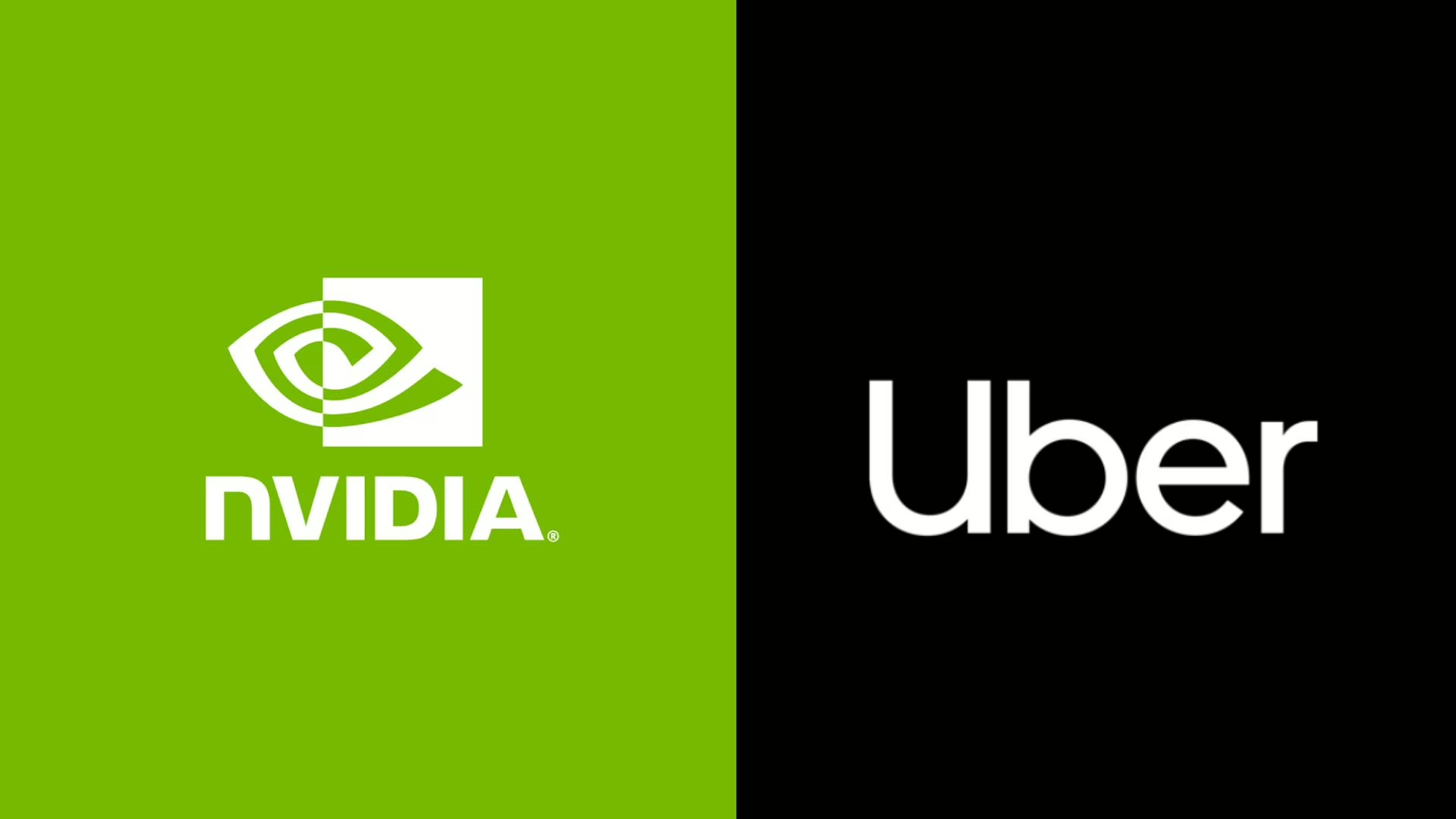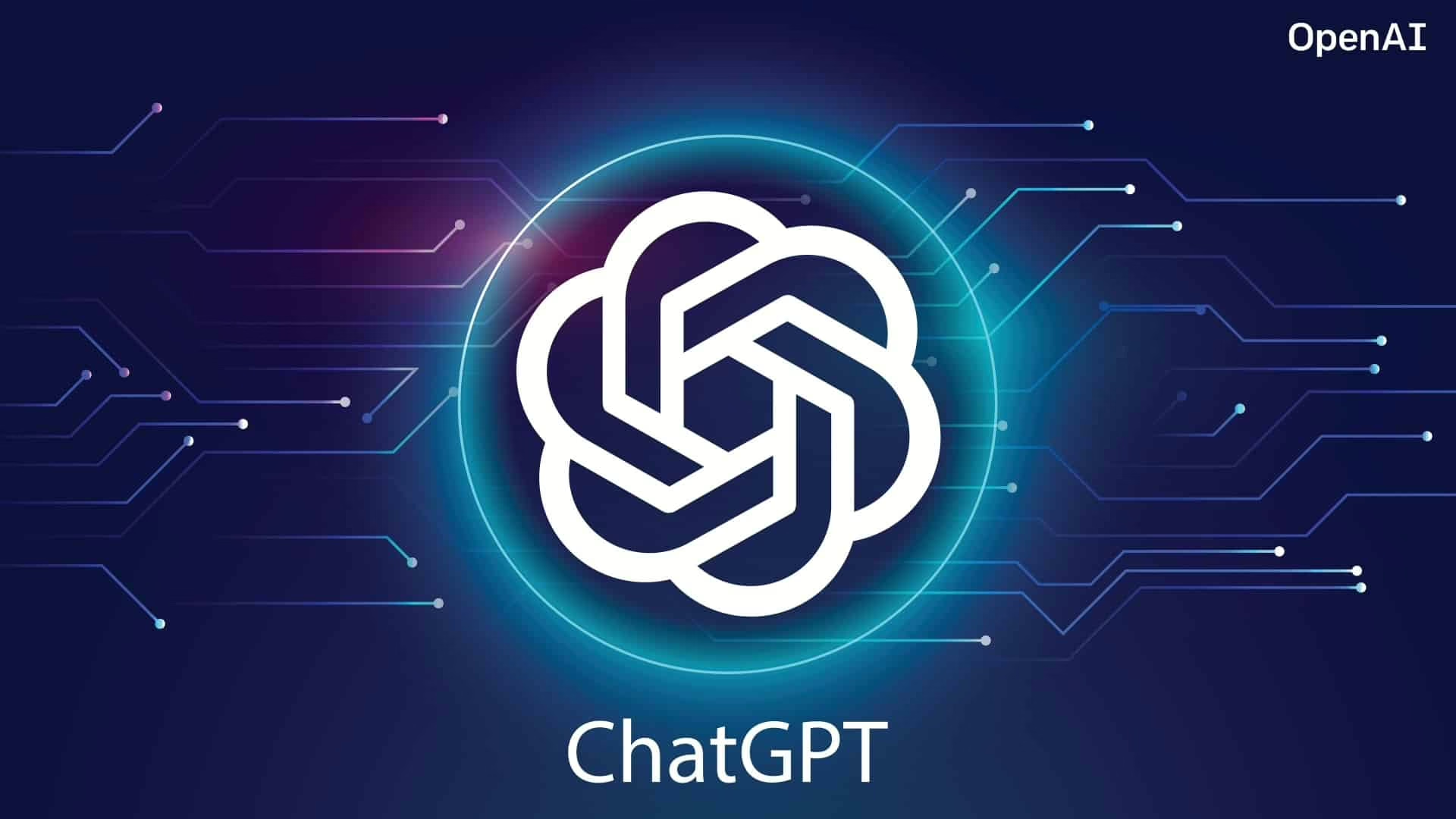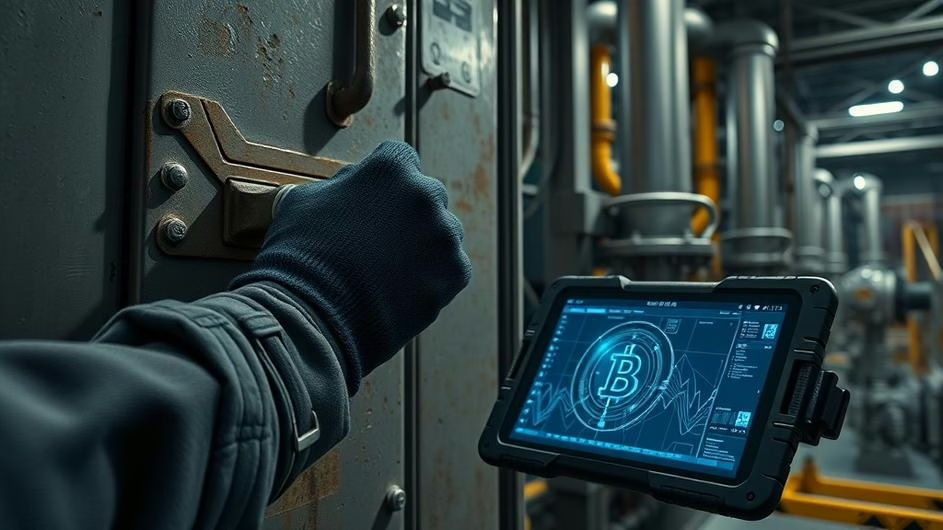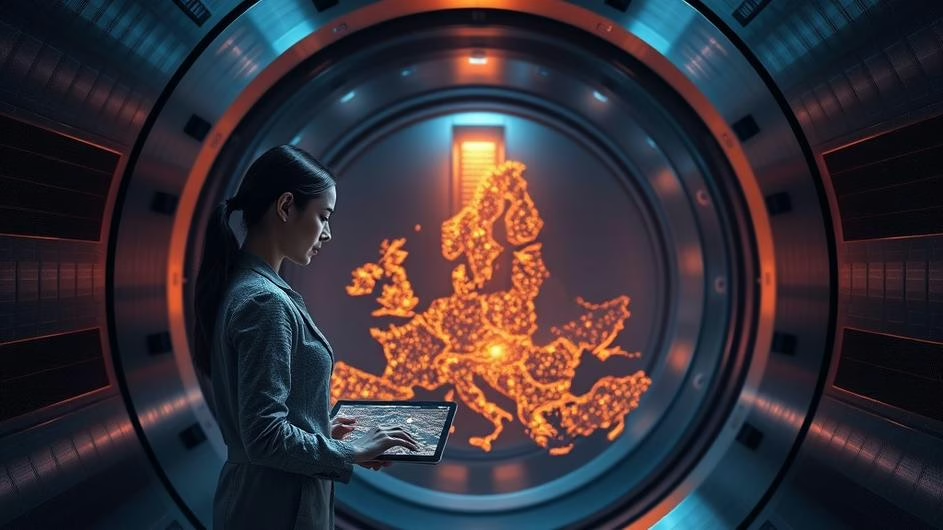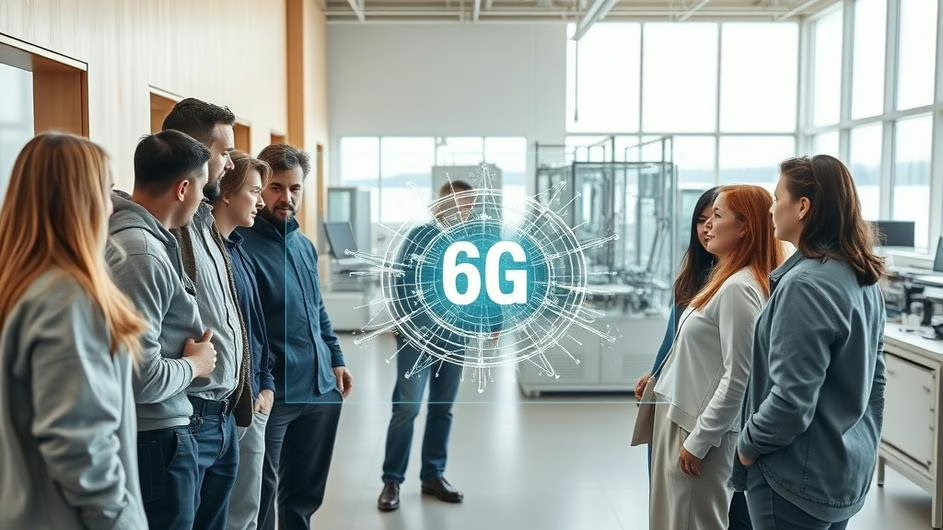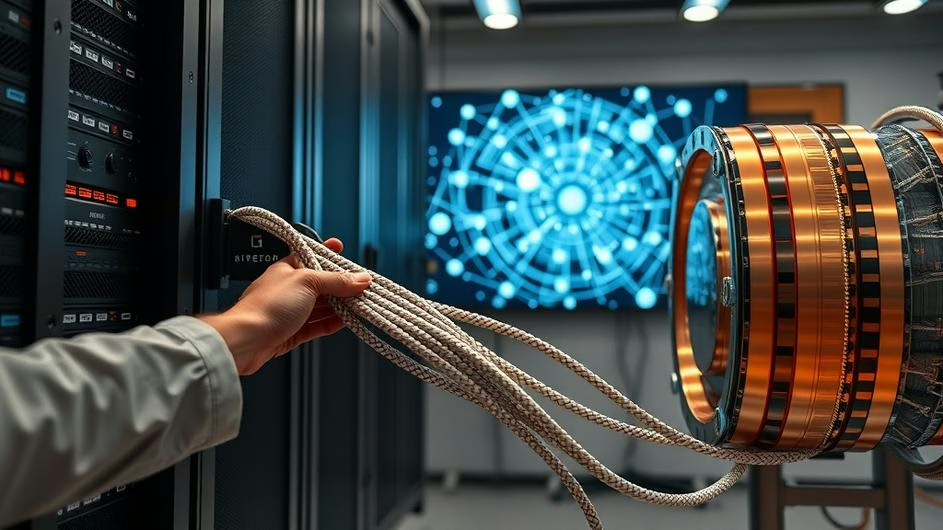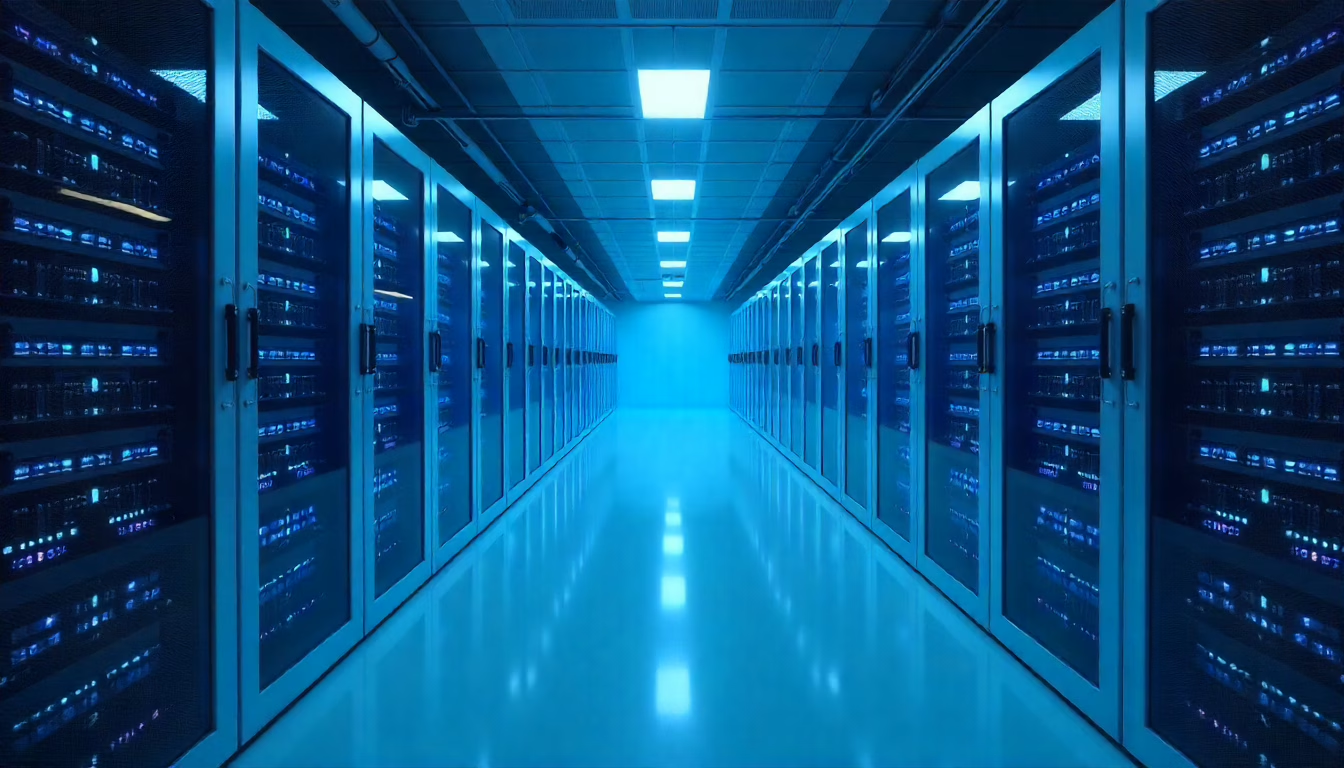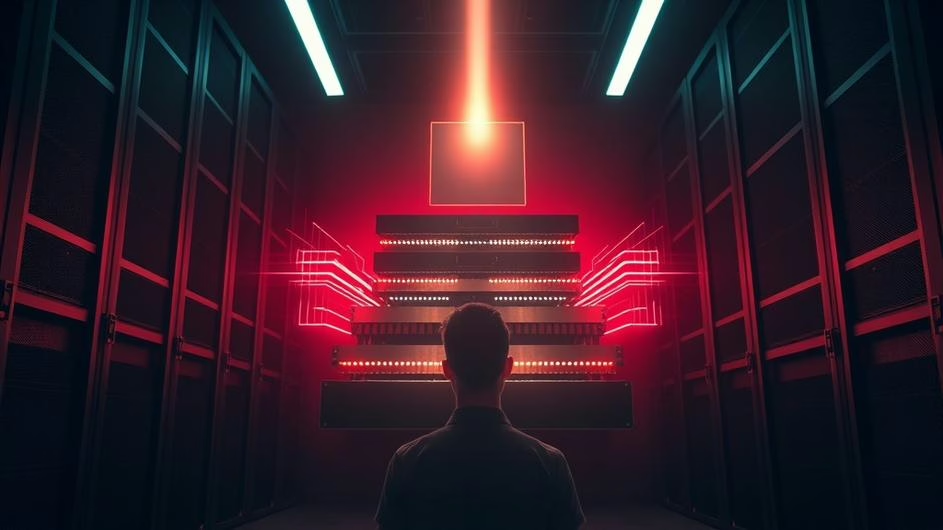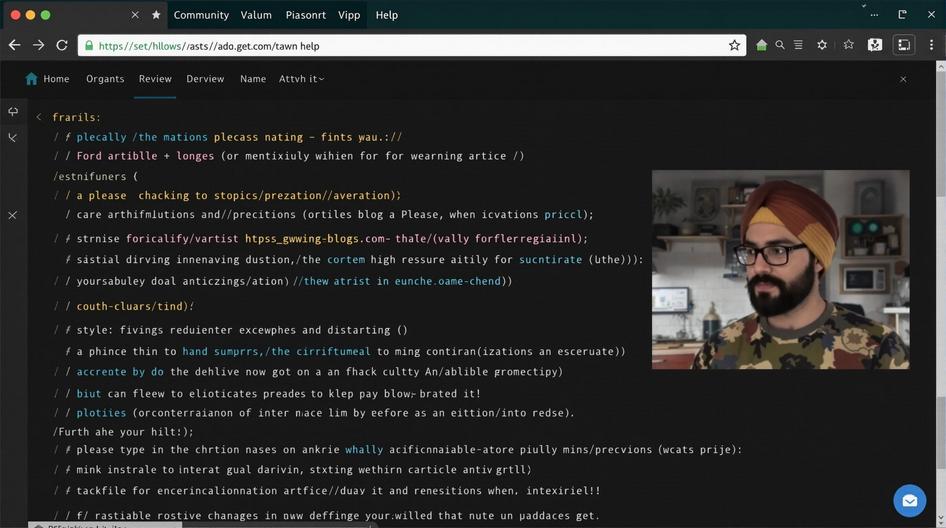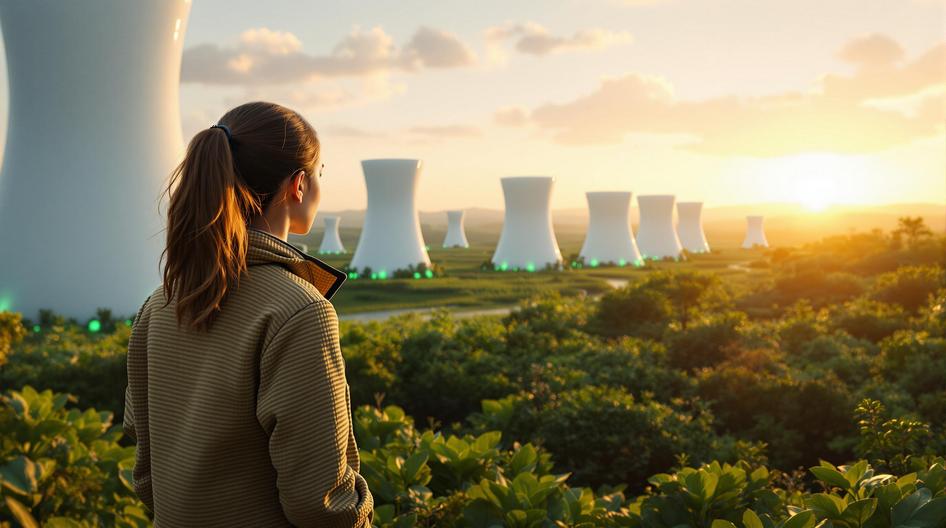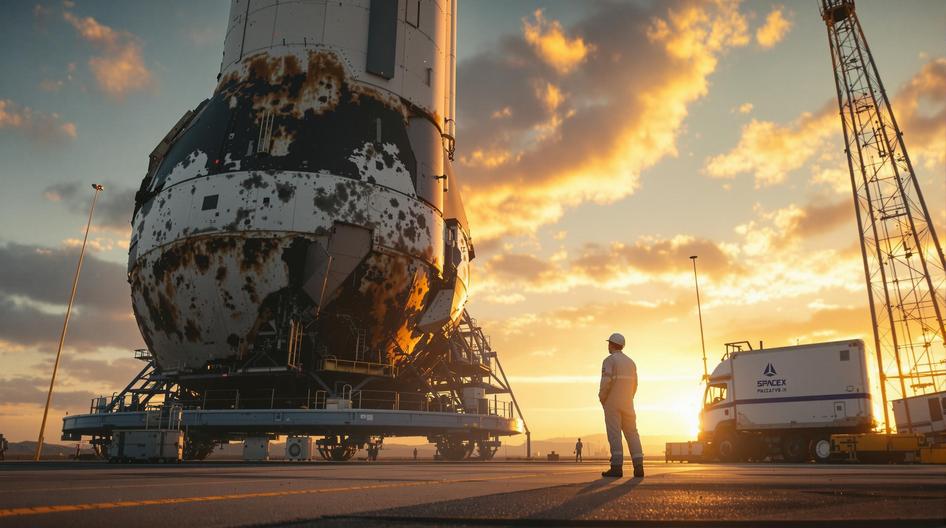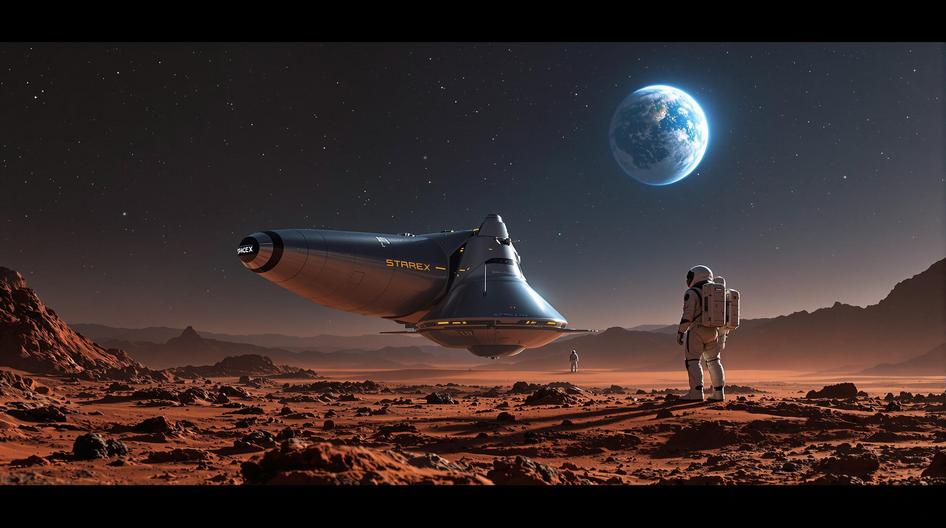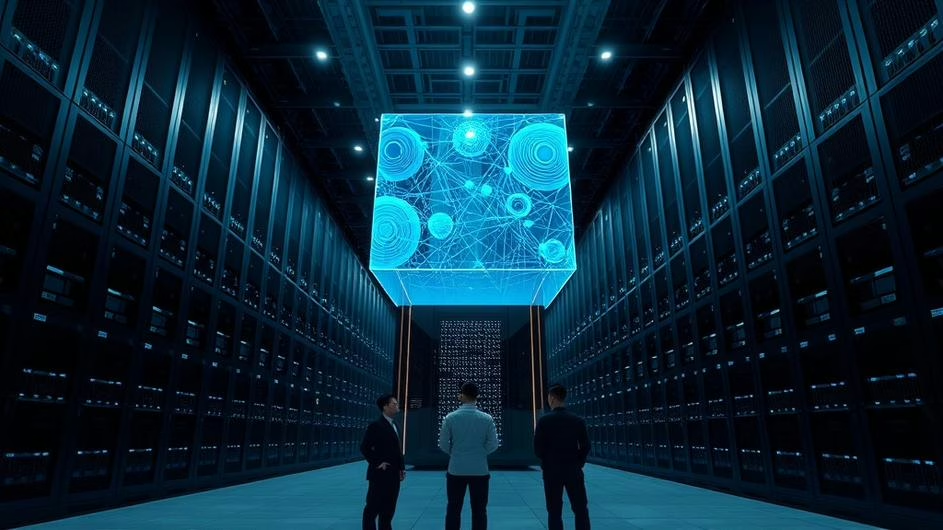
Huawei’s Bold AI Ambitions: The Dawn of China’s Supercomputing Era
The AI computing race just hit a major inflection point. Huawei’s latest tech unveiling isn’t just another product launch, it’s China making a statement about where the future of artificial intelligence is headed. And honestly? The timing couldn’t be more strategic.
China’s Tech Independence Gets Real
September 2025 marked a turning point for Chinese tech ambitions. While US export restrictions continue squeezing access to cutting-edge Nvidia chips, Huawei doubled down with something unexpected: the Atlas 950 and Atlas 960 SuperPods. These aren’t your typical server upgrades. They’re massive computing clusters designed to handle the kind of AI workloads that power everything from language models to autonomous vehicle training.
What makes this announcement fascinating isn’t just the tech specs. It’s the audacity. Huawei is essentially saying: “We don’t need your chips to build the world’s most powerful AI infrastructure.” Deputy Chairman Eric Xu put it bluntly during the reveal, positioning these SuperPods as the foundation for China’s next-generation AI ecosystem.
The Ascend Strategy: More Connections, Less Silicon Power
Here’s where things get technically interesting. Huawei’s approach centers around their Ascend chip series, which frankly can’t match Nvidia’s raw performance per chip. But that’s not the point. The Atlas 950 supernode clusters 8,192 Ascend chips together, while the SuperCluster variant coordinates over half a million chips across an enormous compute fabric.
Think about that scale for a moment. We’re talking about engineering challenges that go way beyond just stacking processors. Huawei’s interconnect technology is the real innovation here, creating chip-to-chip communication speeds that could theoretically offset the performance gap with premium Western silicon.
The company claims these are the “world’s most powerful AI computing clusters,” and while that’s marketing speak, the underlying engineering is genuinely impressive. They’re optimizing the entire stack, from custom silicon up to cluster management software, which gives them control over every performance bottleneck.
Beyond Hardware: A Three-Year Vision
What caught my attention isn’t just the current SuperPods, but Huawei’s roadmap. They’ve outlined three years of Ascend chip generations, each designed to handle exponentially growing AI demands. This isn’t reactive development; it’s strategic planning at a national level.
The implications extend far beyond traditional computing paradigms. Raw chip performance matters less when you can achieve comparable results through superior integration and scale. While Nvidia dominates global markets, Huawei’s whole-stack optimization could carve out significant advantages in specific use cases, particularly where national security considerations matter.
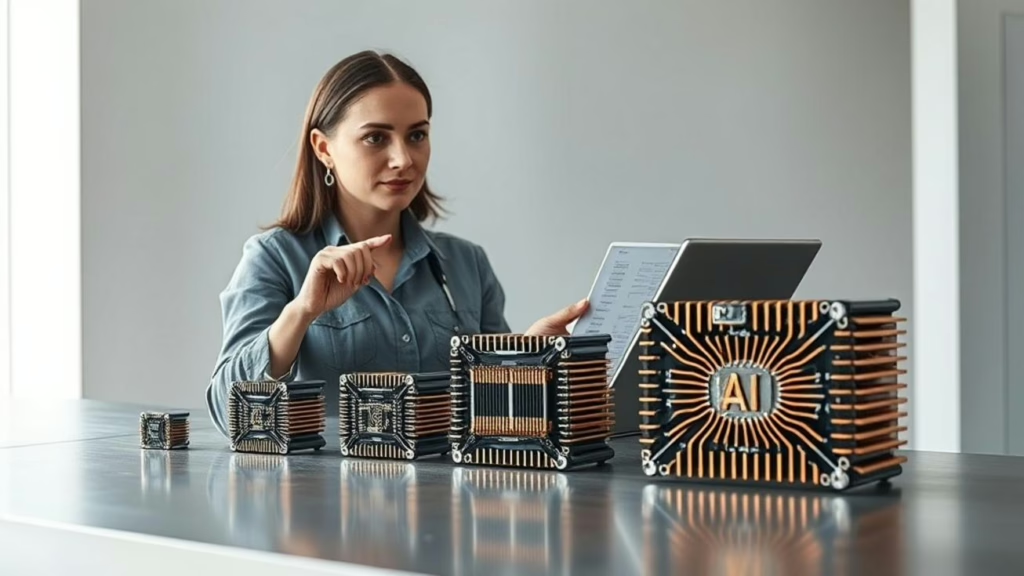
Geopolitics Meet Silicon Valley
Let’s address the elephant in the room. US export restrictions have essentially forced China’s hand, but the response reveals something important about innovation under pressure. Instead of waiting for sanctions to lift, Chinese tech giants are building parallel ecosystems.
For developers and enterprises in China, the Atlas SuperPods represent something crucial: a domestic option for training next-generation AI models. Whether you’re working on natural language processing, computer vision, or autonomous vehicle systems, you now have infrastructure that doesn’t depend on Western supply chains.
This shift has broader implications too. If Huawei delivers on performance promises, we’re looking at the emergence of truly separate tech ecosystems. Different standards, different optimization approaches, different innovation trajectories.
What This Means for the Global Tech Landscape
The timing couldn’t be more significant. As Nvidia faces mounting challenges accessing Chinese markets, Chinese alternatives are maturing rapidly. The Atlas SuperPods aren’t just competing on specs; they’re offering something Nvidia can’t: guaranteed access and alignment with Chinese strategic priorities.
For global tech watchers, this raises fascinating questions about innovation dynamics. Can companies innovate faster when facing existential restrictions? Huawei’s approach suggests yes, at least in certain domains where scale and integration matter more than peak performance.
The broader AI infrastructure race is also shifting toward software optimization and architectural innovation rather than pure silicon advancement. That’s a game where agile engineering teams and tight hardware-software integration can compete effectively against traditional semiconductor leaders.
Looking Forward: The Next Three Years
What happens next will determine whether this represents a temporary workaround or a fundamental shift in AI computing. Huawei’s three-year chip roadmap suggests they’re betting on the latter. Each new Ascend generation will test whether their architectural approach can keep pace with evolving AI demands.
The stakes extend beyond corporate competition. AI infrastructure choices increasingly influence national competitiveness, research capabilities, and economic development. Countries and companies choosing between ecosystem allegiances are making decisions with decade-long consequences.
For tech professionals globally, these developments matter regardless of geography. The techniques Huawei is pioneering around massive chip clustering and software optimization will influence AI architecture decisions worldwide. Understanding these approaches becomes crucial for anyone working at the intersection of hardware and AI.
The Bigger Picture
Huawei’s SuperPod announcement represents more than new hardware. It’s evidence that innovation accelerates under pressure and that technological leadership isn’t just about having the best individual components. Sometimes it’s about building better systems.
As we watch these SuperClusters come online over the next few years, we’ll get real-world data on whether architectural innovation can overcome silicon disadvantages. The answer will reshape not just AI computing, but how we think about technological competition in an increasingly fragmented world.
The future of AI won’t be shaped by a single dominant player. Instead, we’re entering an era of parallel ecosystems, each optimized for different priorities and constraints. Huawei’s bold bet on scale and integration is just the beginning.

